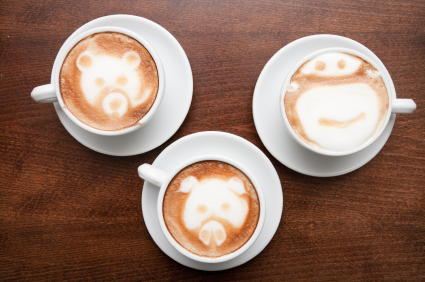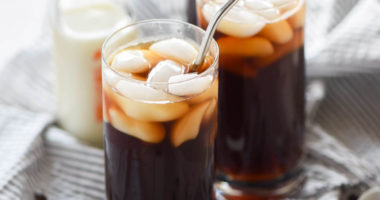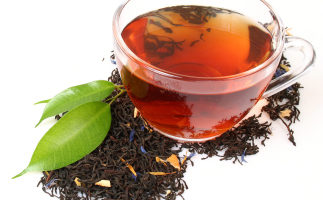
For many, coffee consumption is the a satisfyingly gritty start to the morning grind. It can be a hobby, a habit, and an integral part of your daily routine. But espresso and espresso-based drinks in
Here is your typical leaf pour. When pouring the milk, you can start creating patterns as soon as you break the crema. The leaf is a common design pattern because it looks great and it’s not too hard to execute on the fly.particular are more than just a cup of perk-up. They are delicious, and at $5 a cup, a luxury item. Properly prepared macchiatos, lattes, and cappuccinos demand a learned skill in both espresso preparation and execution, but also the craft of steaming milk, foaming milk, and most crucially, the pouring of the milk. The cappuccino and the latte are two examples of italian coffee-based beverages that are prepared in such a way that the two ingredients are never stirred, but rather commingled; fully mixed when the carafe of perfectly foamed milk is poured into the cup filled partially by espresso via the mastered technique of the barista. The result is an artistic, delicious, and perfected beverage that if done properly, will blow any venti caramel frappuccino out of the water.
Enter the world of latte art. If this technique, dating back to the Ottoman Empire, is mastered, the possiblity of latte art becomes possible. What is latte art?.
Wikipedia defines latte art as the mixture of two collids: “the crema, which is an emulsion (liquid-in-liquid) of coffee oil and brewed coffee (water); and the microfoam, which is a foam (gas-in-liquid) of air in milk.” The technique in which the milk/microfoam is poured into the espresso (crema) results in the dark espresso coagulating with the milk and can be handicrafted into a vast array of shapes and designs coating the top of your beverage.



